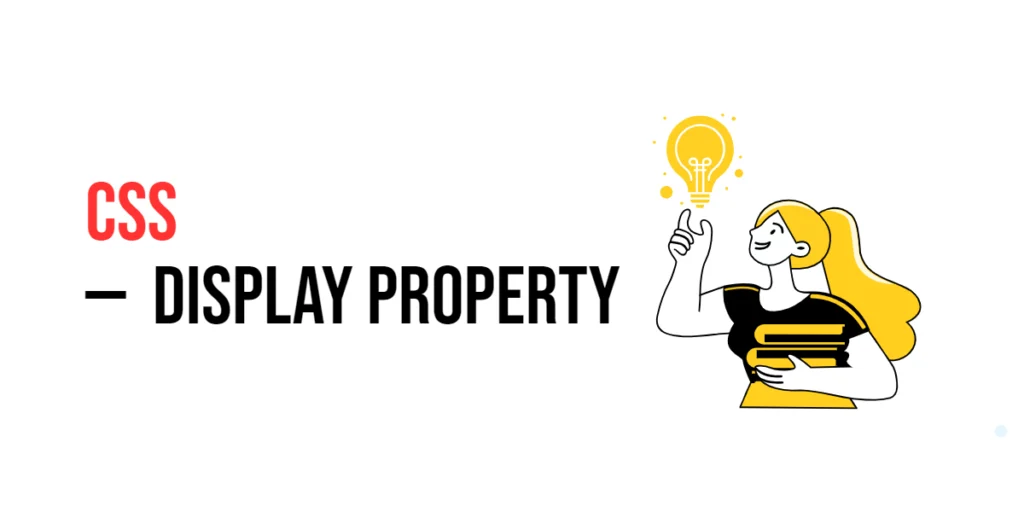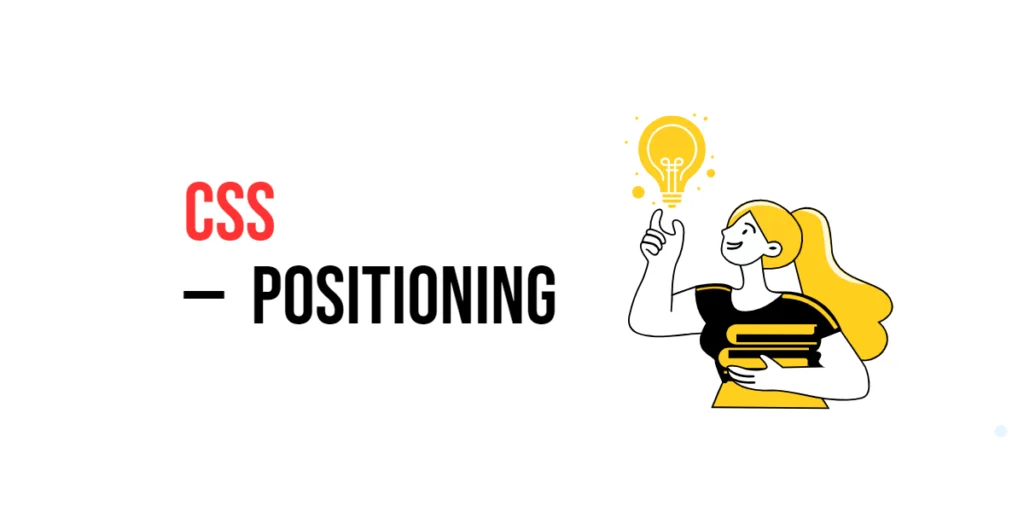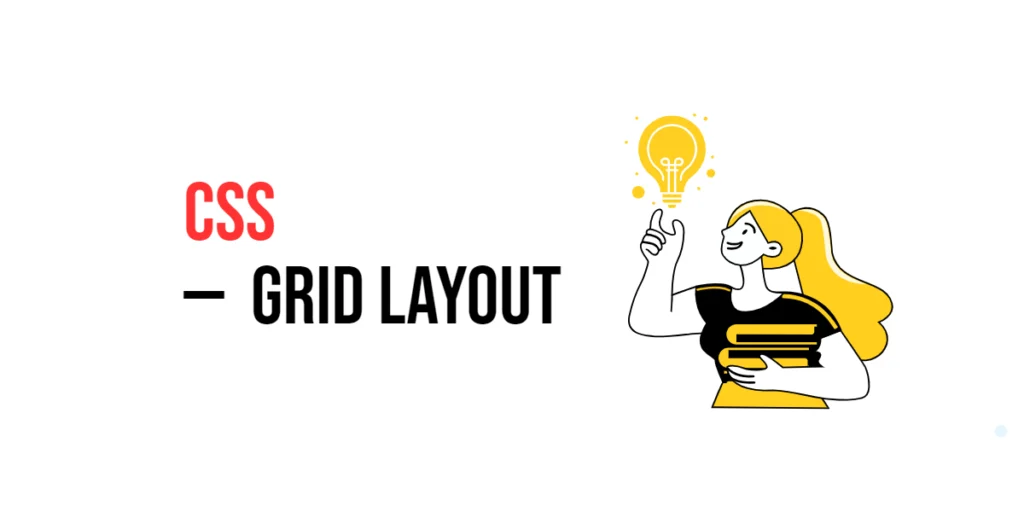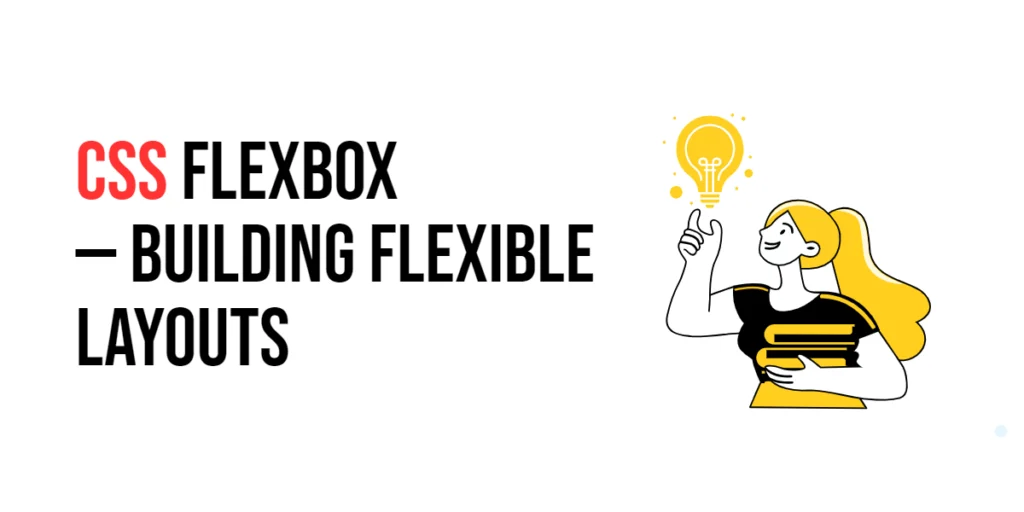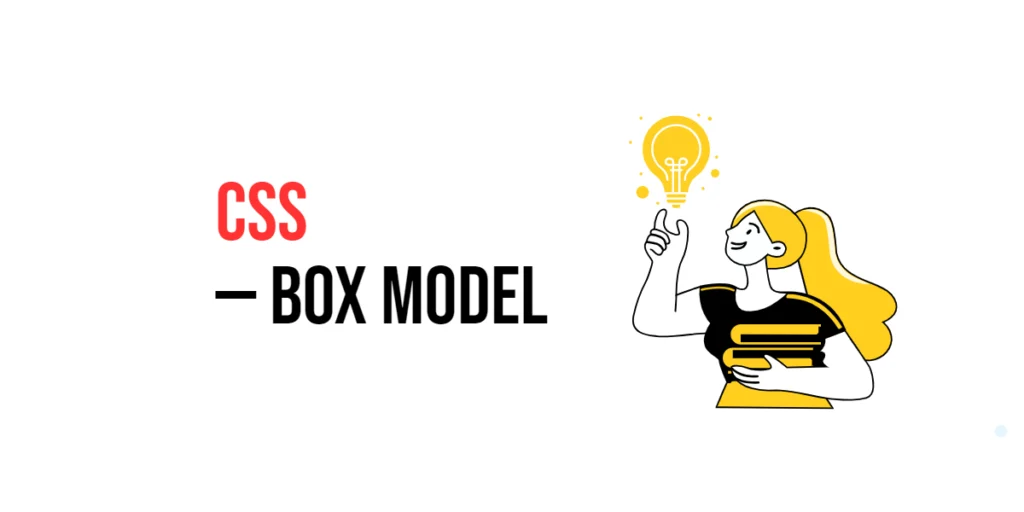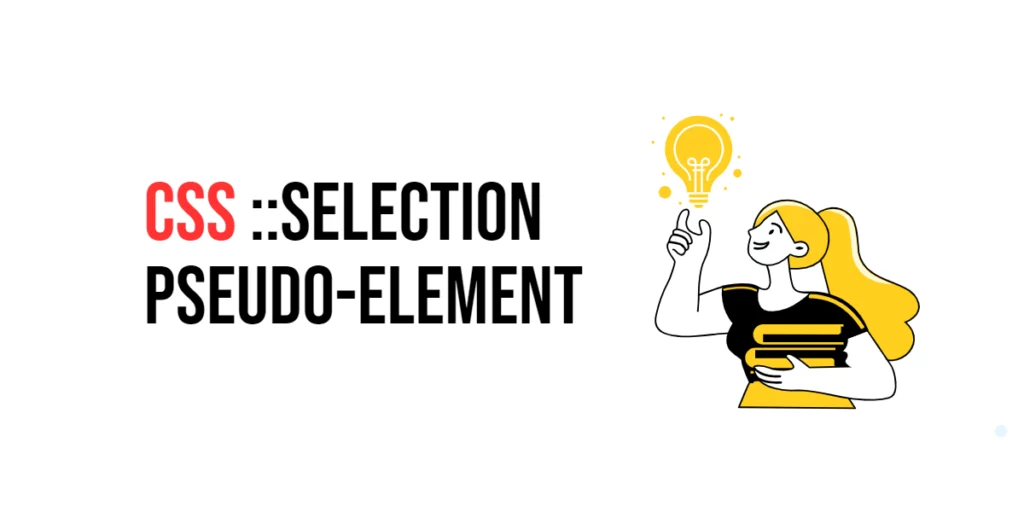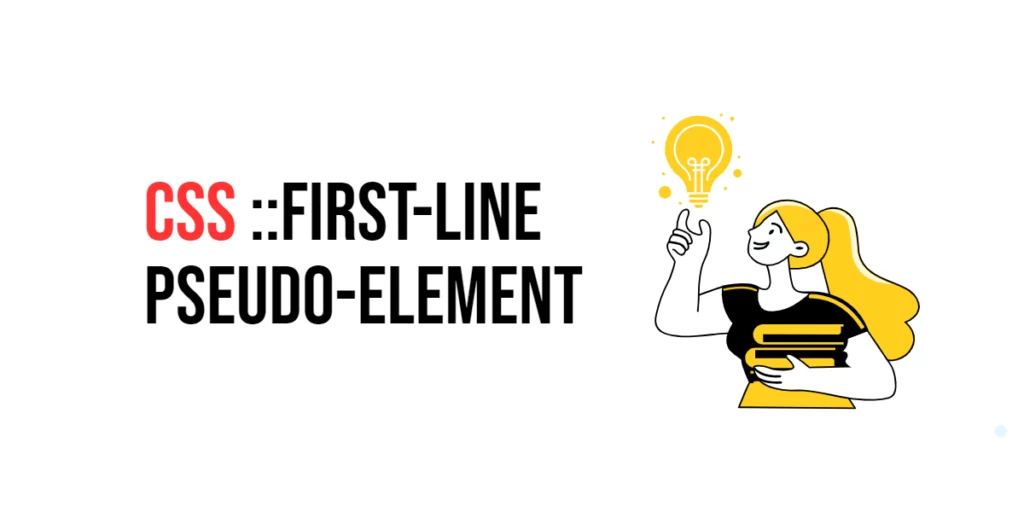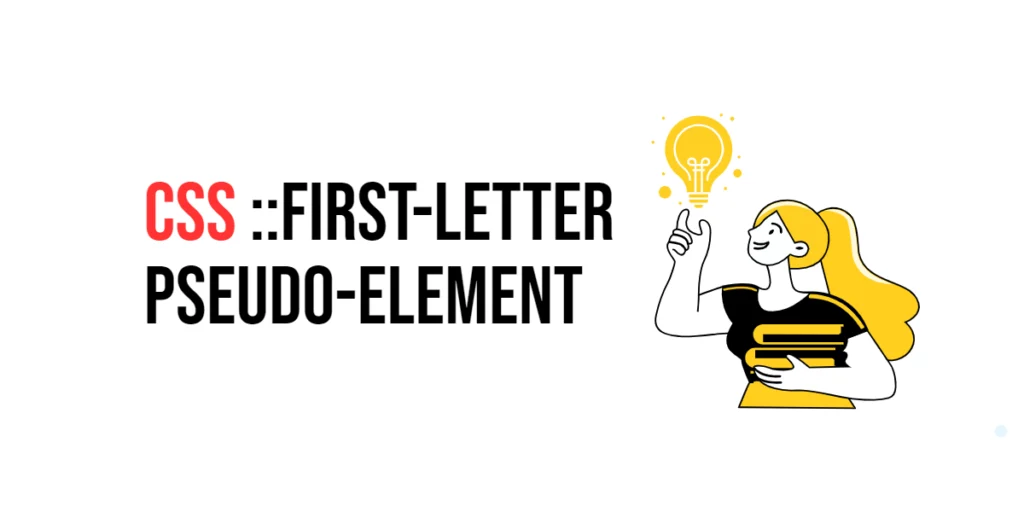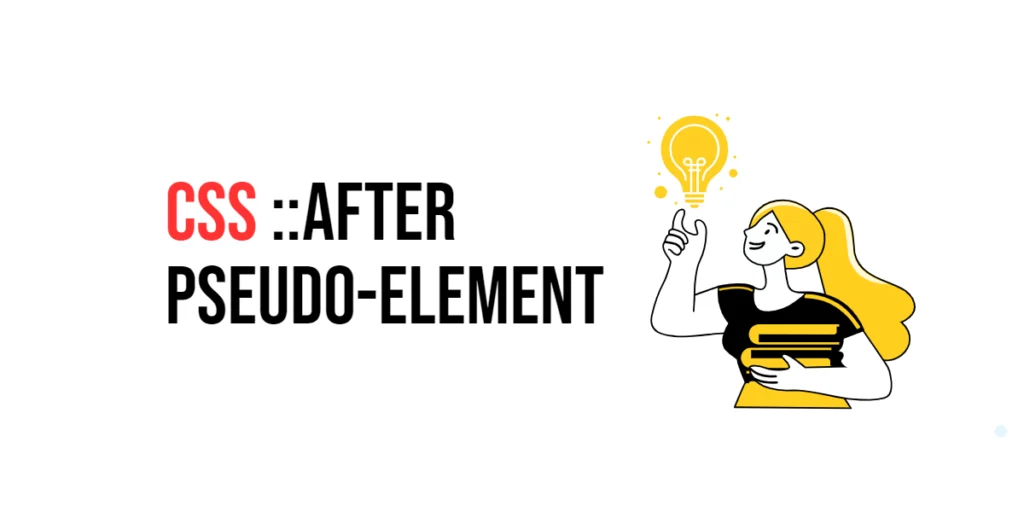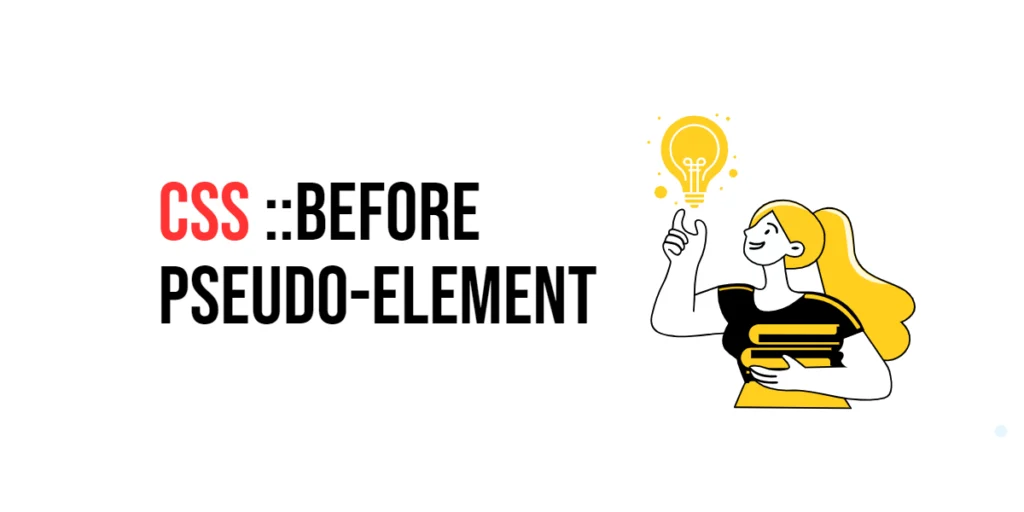CSS: Display Property
The display property in CSS is fundamental to controlling the layout of elements on a web page. It determines how an element is displayed in the document flow, affecting its size, positioning, and how it interacts with other elements. By setting the display property, you can transform elements into block-level, inline-level, or even completely removed […]
CSS: Display Property Read More »
